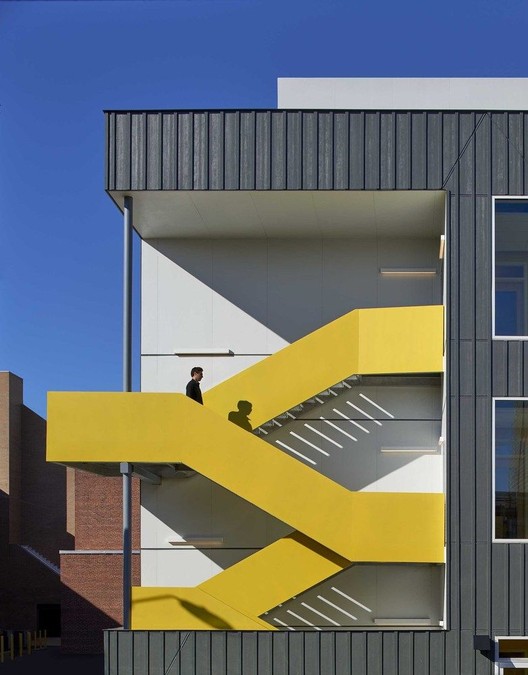
A misconception often surfaces in design circles that architectural beauty and evidence-based environmental performance are mutually exclusive. To address this, the American Institute of Architects (AIA) Committee on the Environment (COTE) is releasing a new tool that can assist architecture firms in designing high-performance energy-efficient buildings.
Despite the federal stance on paramount environmental issues, the AIA upholds and advocates for the responsibility of architects to mitigate against the effects of climate change. Aware that the construction industry consumes nearly 40% of the energy supply nationwide, the AIA COTE® Top Ten Toolkit presents a series of strategies to promote sustainability without compromising the design.

Angela Brooks, FAIA, COTE chair and Principal at Brooks + Scarpa Architects Inc., states, "The COTE Top Ten Toolkit is a resource, accessible to all architects, that closes the information gap to designing high performing, equitable, beautiful buildings. The toolkit is designed to provide relevant, general guidance to architects incorporating deep green principles from the beginning of every project."

In creating such high-performance buildings, the Toolkit poses a series of fundamental questions:
- Design for Integration: What's the big idea? How does the project demonstrate the intersection of design excellence and sustainable performance?
- Design for Community: How does this project make the most of its surrounding community, integrate with it. and give back?
- Design for Ecology: How does this project respond, connect, and contribute to the surrounding ecosystem?
- Design for Water: How does the project use water wisely and handle rainfall responsibly?
- Design for Economy: How does the design show that higher performance can be cost-effective?
- Design for Energy: How much energy does the project use, is any of that energy generated on-site from renewable sources, and what's the net carbon impact?
- Design for Wellness: How does the design promote the comfort and health of those who spend time in it?
- Design for Resources: How were the decisions about the materials used based on an understanding of their impact, especially carbon impact?
- Design for Change: How does the project design anticipate adapting to new uses, adapt to climate change, and support resilient recovery from disasters?
- Design for Discovery: What lessons for better design have been learned through the process of project design, construction, and occupancy?

Among the 2018 Cote Top Ten, projects such as Perkins + Will's Albion District Library and Skidmore, Owings, and Merrill's United States Courthouse are recognized for their persistence in social, economic, and ecological excellence. Not only celebrating buildings that use energy-efficient technology, the AIA also aims to encourage environmentally-conscious construction processes.

In an effort to promote the AIA 2030 Challenge to design buildings that prioritize energy performance, the organization is reinforcing their commitments to sustainability within the profession. With a goal of facilitating efficient passive and active systems - no matter the program or the budget - this maneuver advocates for a more circular culture within construction and design.
News via American Institute of Architects











